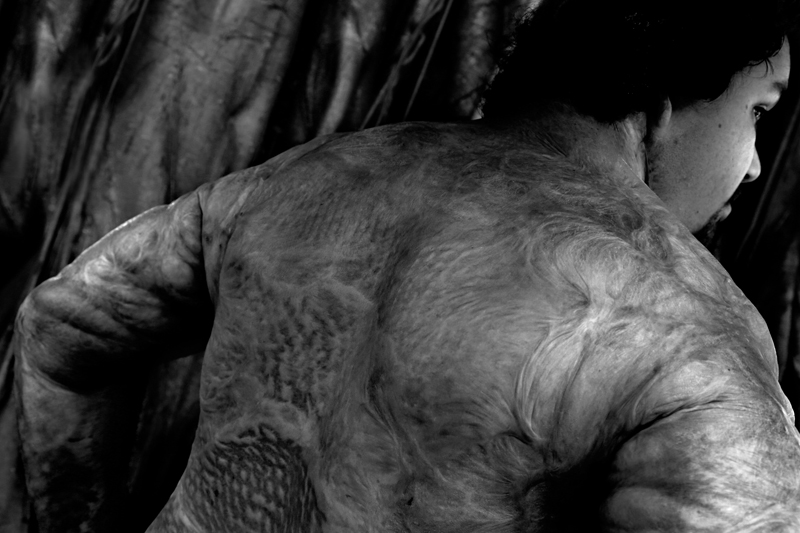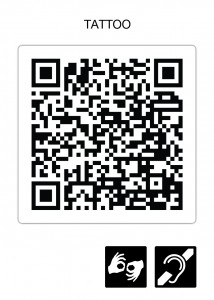
“Jandamarra is a Murri Indigenous Australian who at age 6, on 10 October 1996, was the victim of a fire attack whilst playing at a schoolyard in Cairns, Queensland. His given name comes from the Aboriginal resistance fighter Jandamurra. The perpetrator, Paul Wade Streeton, arrived at the school carrying a 5-litre can of petrol, and never revealed why he chose to attack O’Shane out of the group of children in the playground. Streeton drenched Jandamarra in fuel, and set him alight with a cigarette lighter. With burns to 70 per cent of his body, O’Shane was not expected to live. He required long periods recovering at the Royal Children’s Hospital in Brisbane, and years of skin grafts. Streeton was arrested and later convicted for the attack. He was sentenced to life in jail. Jandamarra has forgiven his attacker, and life has brought him additional joy through the birth of his young son.”
SAMANTHA HARRIS
MODEL
AMBASSADOR, NATIONAL CENTRE OF INDIGENOUS EXCELLENCE
Samantha Harris is an Australian model who is an ambassador for the National Centre of Indigenous Excellence (NCIE) in Sydney and for Australian Indigenous Fashion Week and David Jones. Sam entered her first beauty pageant at the age of 5, and at just 11 years old she was nominated as the ‘Model Most Likely to Succeed’ in Dolly magazine’s model workshop. She has graced the cover of Vogue and featured in the fashion campaigns of both national and international designers.
“It is also identified in research. National data from the Challenging Racism Project, was released in 2011 and gave us information about the prevalence of racism and attitudes about racism. We know from this research that Aboriginal and Torres Strait Islander peoples continue to experience high levels of racism, across multiple settings. The research found that Aboriginal and Torres Strait Islander respondents returned much higher rates of experiences of racism: in relation to contact with police and seeking housing, their experiences of racism were four times that of non-Aboriginal Australians. Further recent research has found that three out of four Aboriginal and Torres Strait Islander peoples regularly experienced race discrimination when accessing primary health care, and that racism and cultural barriers led to some Aboriginal and Torres Strait Islander peoples not being diagnosed and treated for disease in its early stages, when treatment is most effective. Alarmingly, some research indicates a significant increase in racism over recent years: the Scanlon Foundation’s Mapping Social Cohesion 2011, found Disturbingly, the lack of awareness of most Australians about the issues faced by our First Nations peoples.”
Dr HELEN SZOKE
RACE DISCRIMINATION COMMISSIONER
AUSTRALIAN HUMAN RIGHTS COMMISSION (2011- 2013)
